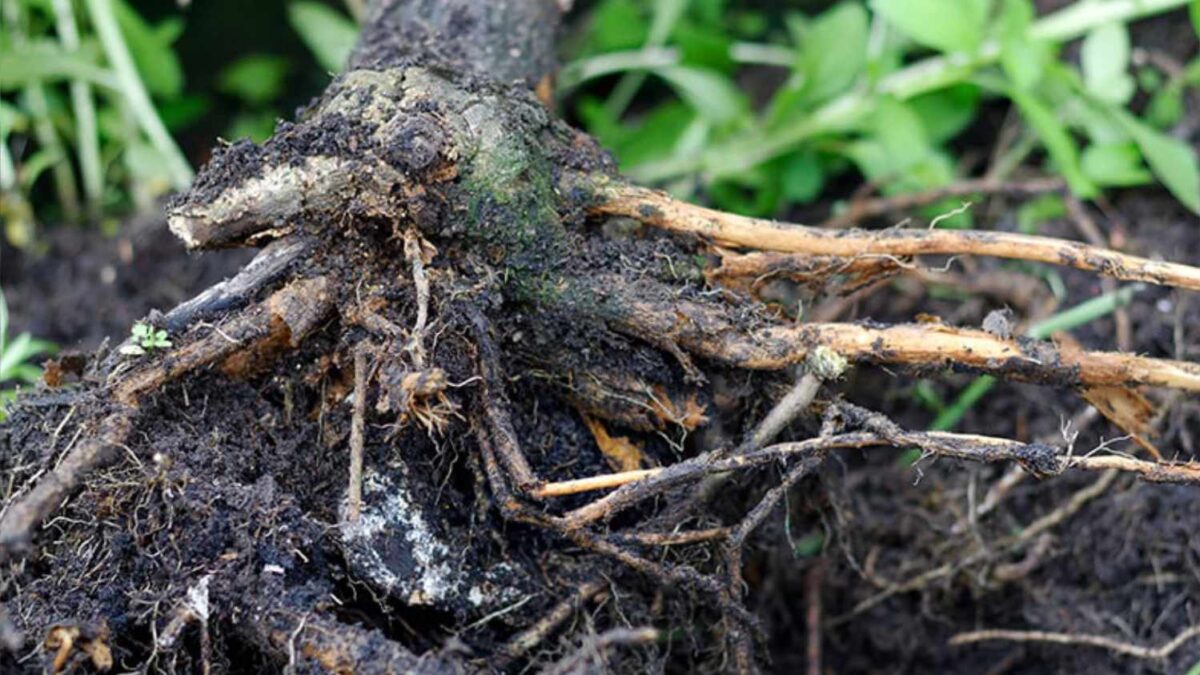Root rot is a plant disease that causes the roots to decay. It is caused by a combination of factors, including overwatering, poor drainage, and soil fungi. Root rot can be fatal to plants, so it is important to take steps to prevent it.
Symptoms of Root Rot
The symptoms of root rot can vary depending on the severity of the infection. Early signs of root rot include:
- Wilting leaves
- Yellowing leaves
- Slow growth
- Drooping stems
- Soft, mushy roots
- A foul odor coming from the soil
If you notice any of these symptoms, it is important to inspect the roots of your plant as soon as possible.
Causes of Root Rot
The main cause of root rot is overwatering. When plants are overwatered, the roots are unable to get the oxygen they need. This creates a perfect environment for soil fungi to grow. Other causes of root rot include:
- Poor drainage
- Compacted soil
- Potting soil that is too high in organic matter
- Planting in a shady spot
- Planting in a pot that is too large
- Using water that is too cold
How to Prevent Root Rot
The best way to prevent root rot is to avoid overwatering your plants. Water your plants deeply, but only when the soil is dry to the touch. You can also help to improve drainage by using a pot with drainage holes and adding a layer of gravel or pebbles to the bottom of the pot.
Here are some other tips for preventing root rot:
- Use a potting mix that is designed for indoor plants. These mixes are typically low in organic matter and have good drainage.
- Repot your plants every year or two to give the roots more room to grow.
- Avoid planting in shady spots. Plants need sunlight to dry out their roots.
- Use warm water when watering your plants. Cold water can shock the roots and make them more susceptible to root rot.
Treating Root Rot
If your plant has root rot, the best course of action is to repot it in fresh potting mix. When repotting, carefully remove the plant from the old pot and trim away any dead or diseased roots. You can also treat the roots with a fungicide.
Once the plant has been repotted, water it sparingly until it has recovered. It may take several weeks for the plant to fully recover from root rot.
Additional Tips
- If you are unsure whether your plant has root rot, you can take a sample of the roots to a nursery or garden center for diagnosis.
- If you have a lot of plants, it is a good idea to rotate them out of their pots every few years. This will help to prevent the buildup of soil fungi that can cause root rot.
- Be careful not to overwater your plants during the winter months, when the air is cooler and drier.
- If you are going to be away for an extended period of time, make sure to have someone water your plants for you.
Conclusion
Root rot is a serious plant disease, but it is one that can be prevented. By following the tips above, you can help to keep your plants healthy and prevent root rot.

